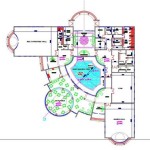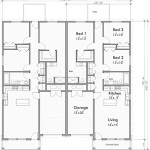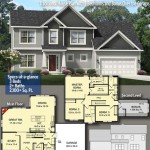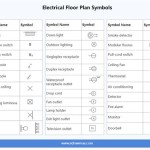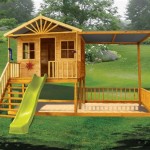Essential Aspects of Residential House Floor Plan Dwg
A residential house floor plan DWG is a technical drawing that visually represents the layout and dimensions of a house. It plays a crucial role in planning, designing, and constructing a home, ensuring optimal functionality and aesthetics.
Purpose and Significance
A floor plan DWG serves multiple purposes:
*Planning and Design:
It helps visualize the house's layout, room sizes, and spatial relationships, allowing architects and designers to refine their plans. *Construction Guidance:
It provides precise measurements and details for builders to follow during construction, ensuring accuracy and efficient execution. *Permitting and Approvals:
Building permits typically require floor plans for review to ensure compliance with building codes and regulations. *Marketing and Sales:
Floor plans are essential for home listings, brochures, and marketing materials, showcasing the house's features and layout to potential buyers.Key Components
A residential house floor plan DWG typically includes the following elements:
*Dimensions and Scale:
Accurate measurements and a specified scale ensure precise planning and construction. *Wall Thicknesses:
The thickness of walls is indicated to determine room sizes and structural stability. *Doors and Windows:
The location, size, and type of doors and windows are specified for natural lighting, ventilation, and access. *Rooms and Spaces:
Each room is clearly defined with its purpose (e.g., bedroom, kitchen, living room). *Built-Ins and Fixtures:
Appliances, cabinets, fireplaces, and other fixed elements are indicated. *Plumbing and Electrical:
The layout of plumbing fixtures, electrical outlets, and lighting is included. *Structural Elements:
Beams, columns, and other structural components may be shown to provide a comprehensive overview of the house's structure. *Legend and Notes:
A legend provides symbols and abbreviations used in the drawing, and notes clarify any specific requirements or design considerations.Guidelines for Creating Floor Plan DWGs
When creating a floor plan DWG, it's essential to adhere to industry-standard guidelines:
*Use Architectural Software:
Professional architectural software ensures precision and accuracy. *Draw to Scale:
Maintain a consistent scale throughout the drawing to ensure accurate measurements. *Annotate Clearly:
Label rooms, fixtures, and other elements clearly and concisely. *Follow Building Codes:
Ensure compliance with applicable building codes and regulations. *Get Professional Review:
Have a licensed architect or engineer review the floor plan for accuracy and code compliance.Benefits of Using Floor Plan DWGs
Floor plan DWGs offer numerous benefits:
*Accuracy and Precision:
Detailed drawings minimize errors and ensure a well-planned house. *Efficient Construction:
Proper planning reduces construction time and costs. *Optimized Layout:
A well-planned layout maximizes space utilization and enhances functionality. *Informed Decisions:
Floor plans empower homeowners and designers to make informed decisions about the house's design and construction. *Future Reference:
Floor plans serve as valuable references for renovations, repairs, or alterations.Conclusion
Residential house floor plan DWGs are essential tools in the planning, design, and construction of any home. By understanding the purpose, significance, and key components of floor plans, architects, builders, and homeowners can create well-planned and functional living spaces.

Residential Building Floor Plan Dwg File Cadbull

Architecture House Ground Floor And First Plan Autocad Drawing Dwg File

32 Autocad Small House Plans Drawings Free Design Home Floor Modern Plan

Floor Plan Free Cads

Autocad 3 Bedrooms House Layout Plan Drawing Dwg File

Residential Building Dwg Free Cad Blocks

2 Y House Plan Cad Drawing Dwg File Cadbull

Floor Plans Of A Two Y Hose Free Cad Blocks In Dwg File Format

30 X30 House Layout Plan Autocad Drawing Dwg File Cadbull Plans Free Duplex Floor

House Dwg Free Cad Blocks


